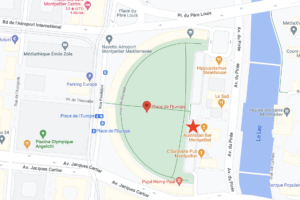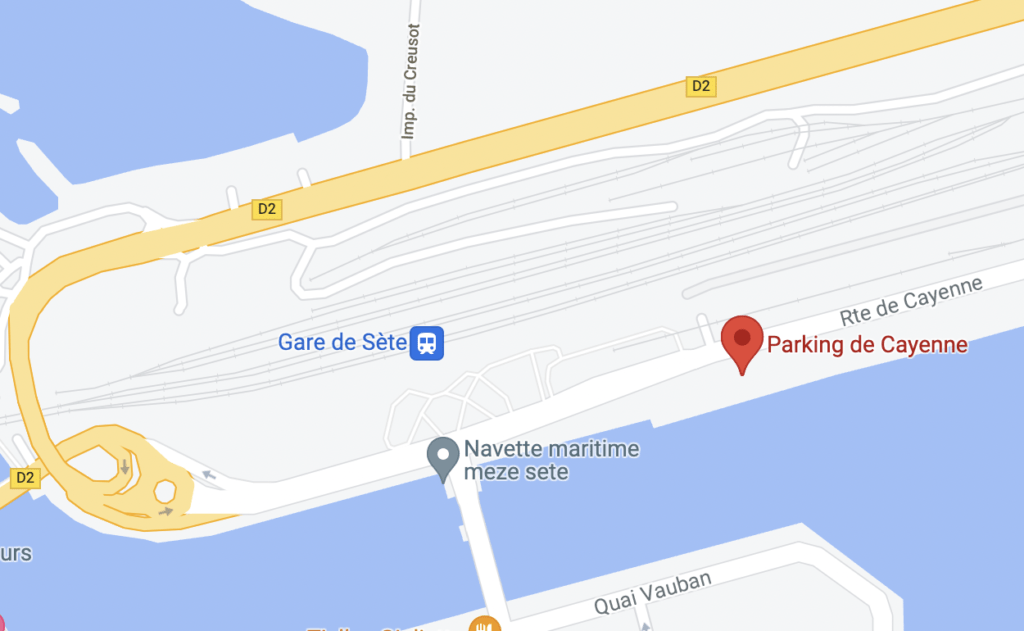Sete the “Mediterranean”
The charming seaside town of Sète has much more to offer than its fine sandy beaches! Here’s what you can discover in this Mediterranean town.
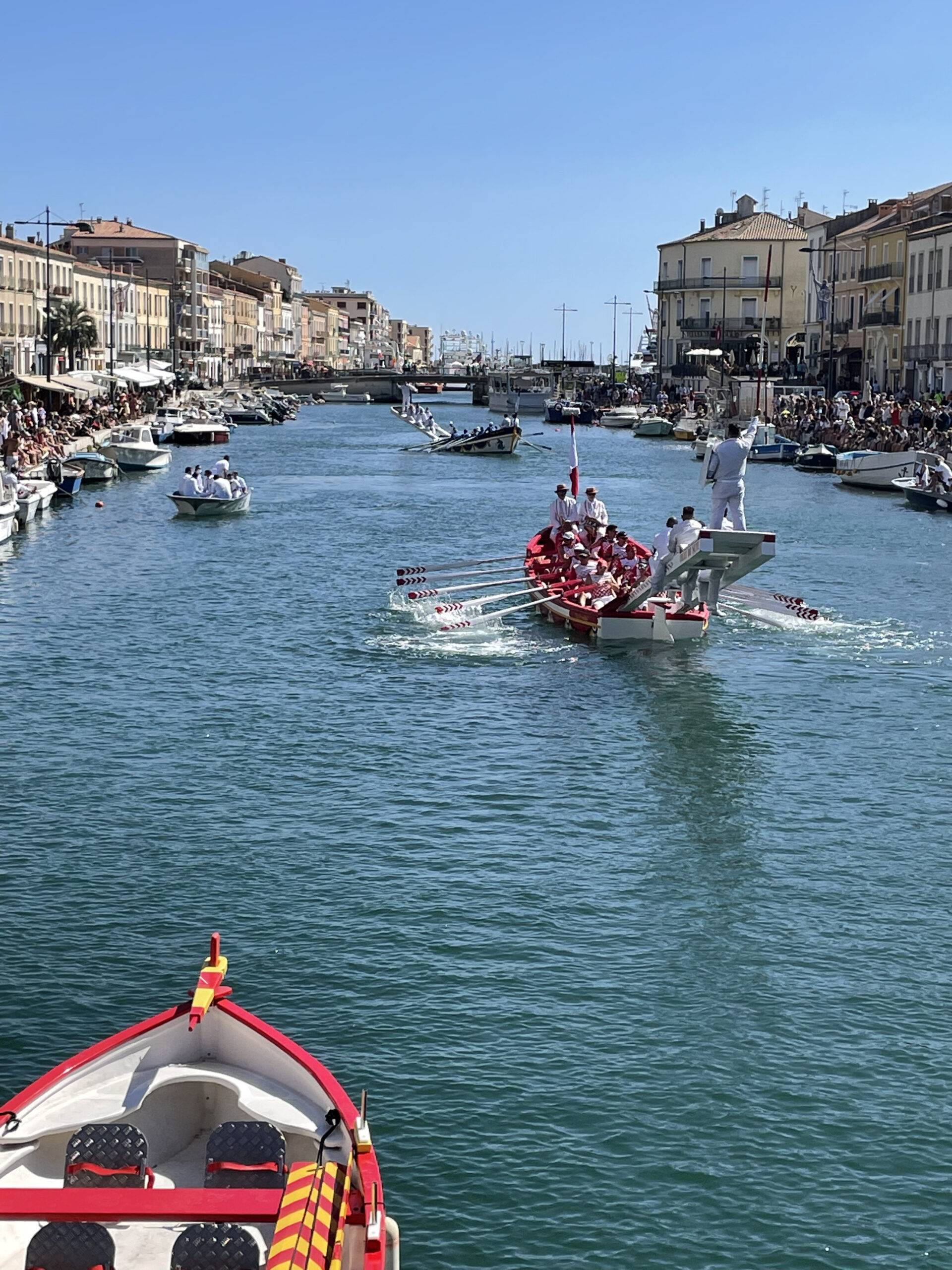
1. A maritime tradition
A port in Languedoc
Created in 1666 on the orders of King Louis XIV, Sète is the 1st port in Languedoc, providing an outlet to the Mediterranean for the Canal du Midi and enabling the development of trade in Languedoc products. In the 19th century, the town became France’s 1st cooperage port, thanks to the flourishing wine trade. Today, it’s France’s leading fishing port, renowned for its tuna fishing. Populated by successive waves of immigrants (Italians, Spaniards…), the town is rich in multi-cultural influences, which are reflected in its unique gastronomy.
Jousting: a living tradition
The Saint Louis festivities, celebrated for several days around August 25, perpetuate a centuries-old tradition of nautical jousting created to honor the king. During these jousts, two teams compete on boats, pushing their opponents into the water with a spear. If you’re visiting on this date, you can admire the fights in the Royal Canal, and enjoy the concerts, parades of jousters in traditional dress, shows and other entertainment that punctuate this great popular festival today!
2. Intense cultural activity
The birthplace of many artists, Sète is also home to an intense and varied cultural scene: the Paul Valéry museum, a symbolist poet and writer born in Sète, houses works by local painters and manuscripts that once belonged to him. The Espace Georges Brassens retraces the life of the emblematic singer-songwriter, whose songs made reference to Sète’s culture and landscapes. You can also visit the M.I.A.M. (Musée International des Arts Modestes) or the C.R.A.C. (center régional d’art contemporain)…
The town also organizes numerous music festivals throughout the summer: “Quand je pense à Fernande” for French music, “Jazz à Sète” for jazz, “Fiest’A Sète” for world music or the “Worldwide festival” for techno… there’s something for every taste, and the experience of a concert in the magnificent setting of the Théatre de la mer, with the reflection of the moon on the water as a backdrop, will leave you with indelible memories!
Last but not least, there’s photography at the “Images Singulières” photo center, which showcases documentary photography.
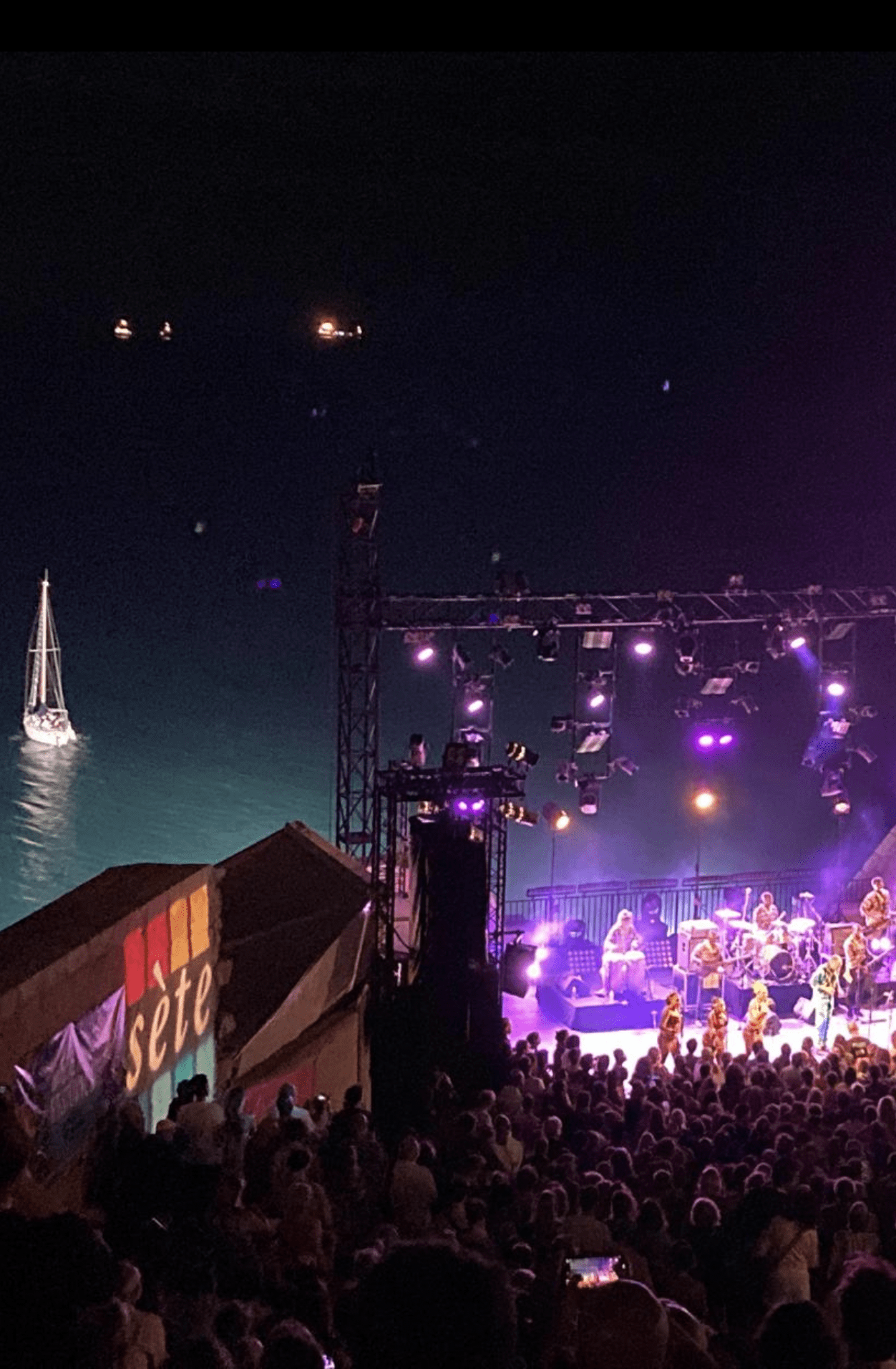
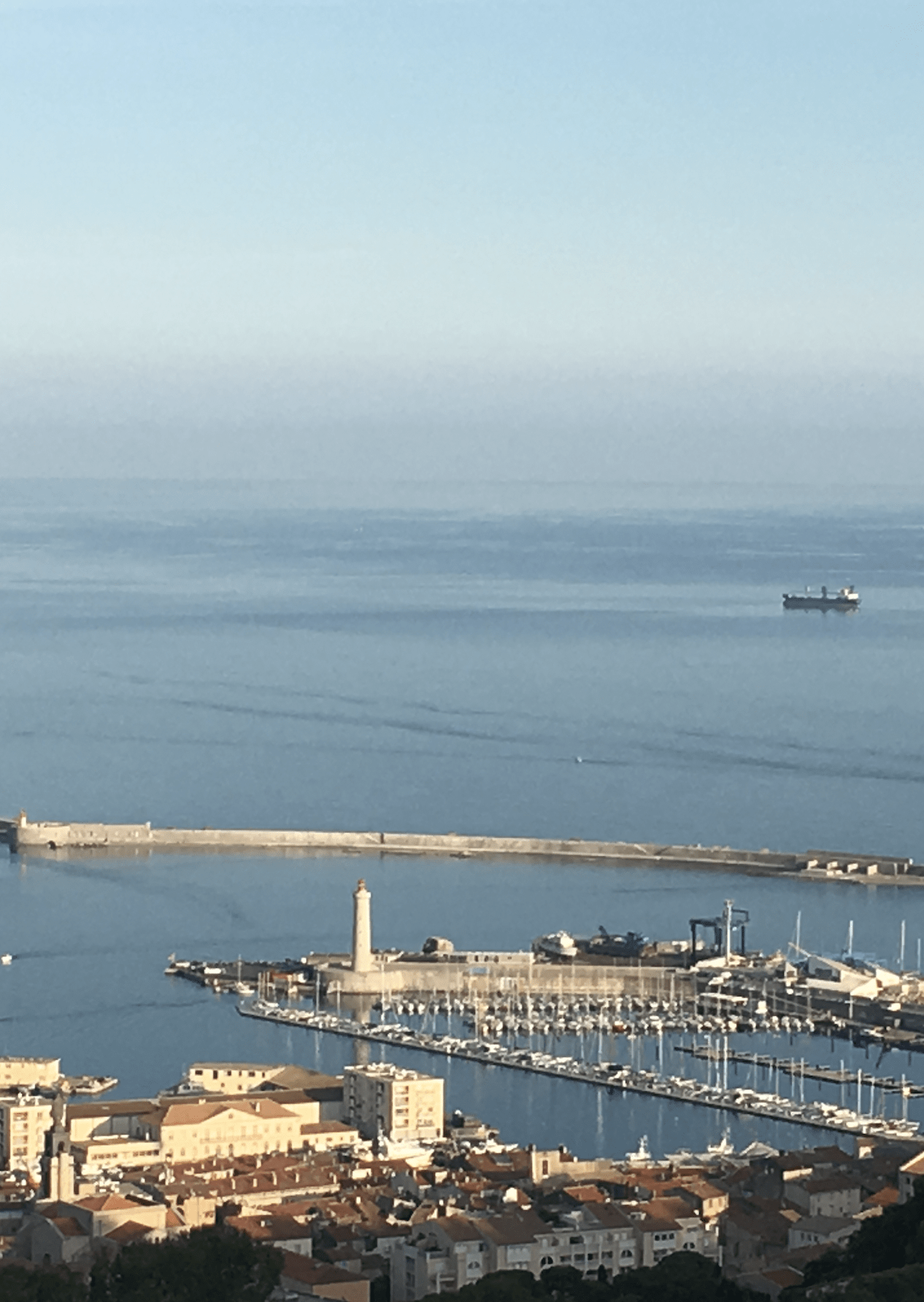
3. Spectacular views
Mont Saint-Clair
Visible in the distance and serving as a landmark for the town, Mont Saint-Clair was originally an island. Now part of the coastline between Sète and Marseillan, the mountain offers a view of the whole town, as well as the port, the sea and, of course, the Thau Archipelago.
At the top of Mont Saint-Clair, you can visit the chapel of Notre-Dame-de-la-Salette, which, in addition to being a place of pilgrimage, also offers panoramic views of the town and the Mediterranean.
Saint-Louis Lighthouse
Also known as the “Phare du Môle”, the Saint-Louis lighthouse guides boats into the channel. From its 33-metre height, it offers a view of the fishing and yachting harbours, as well as the old town.

